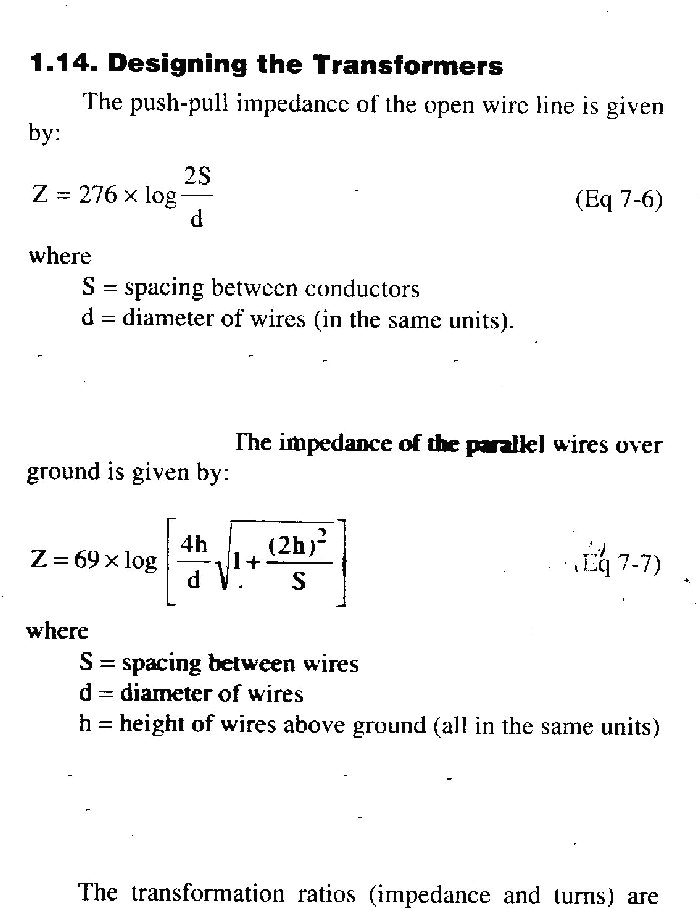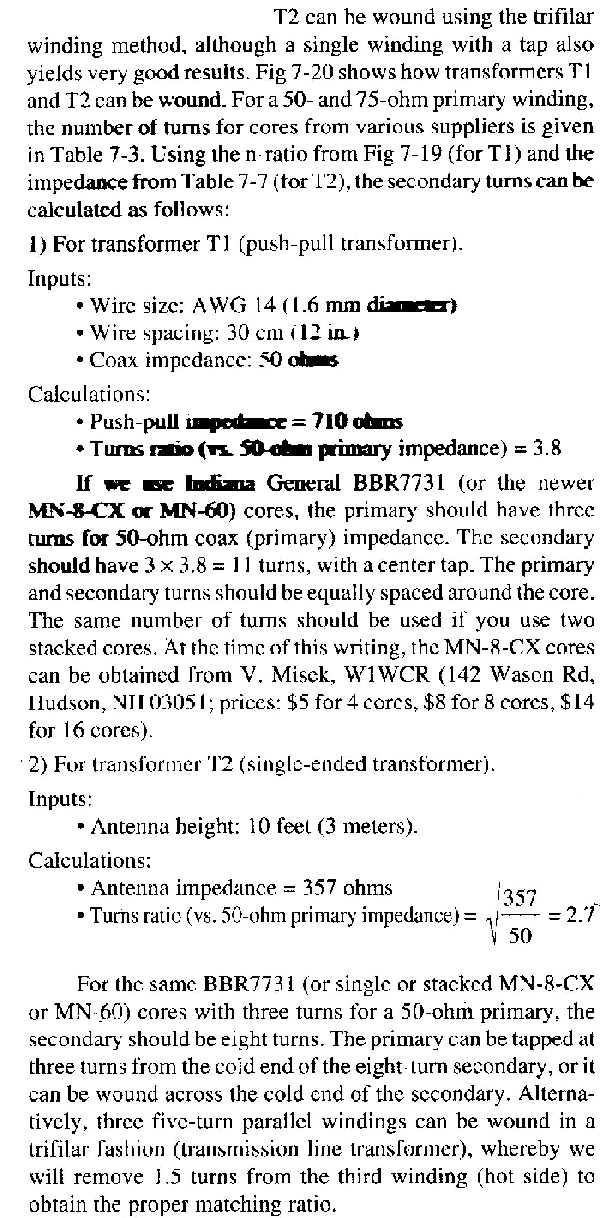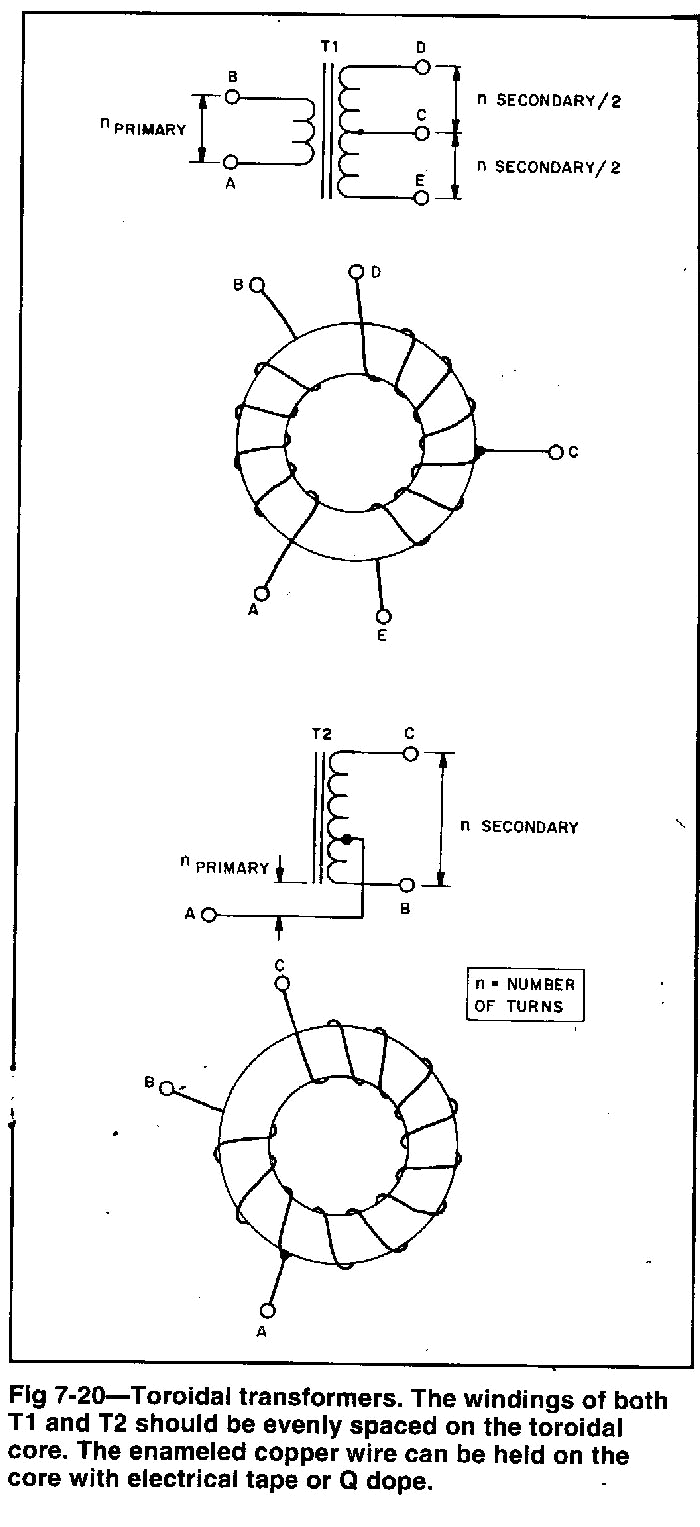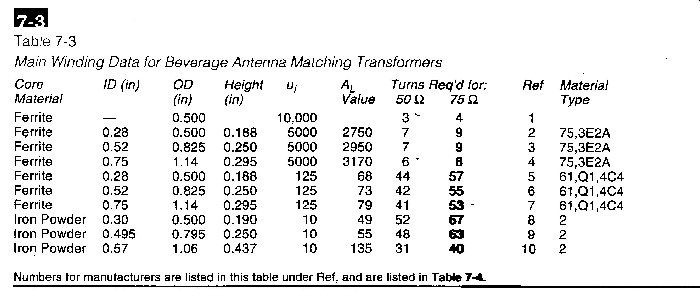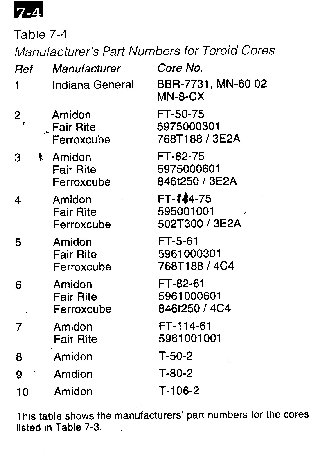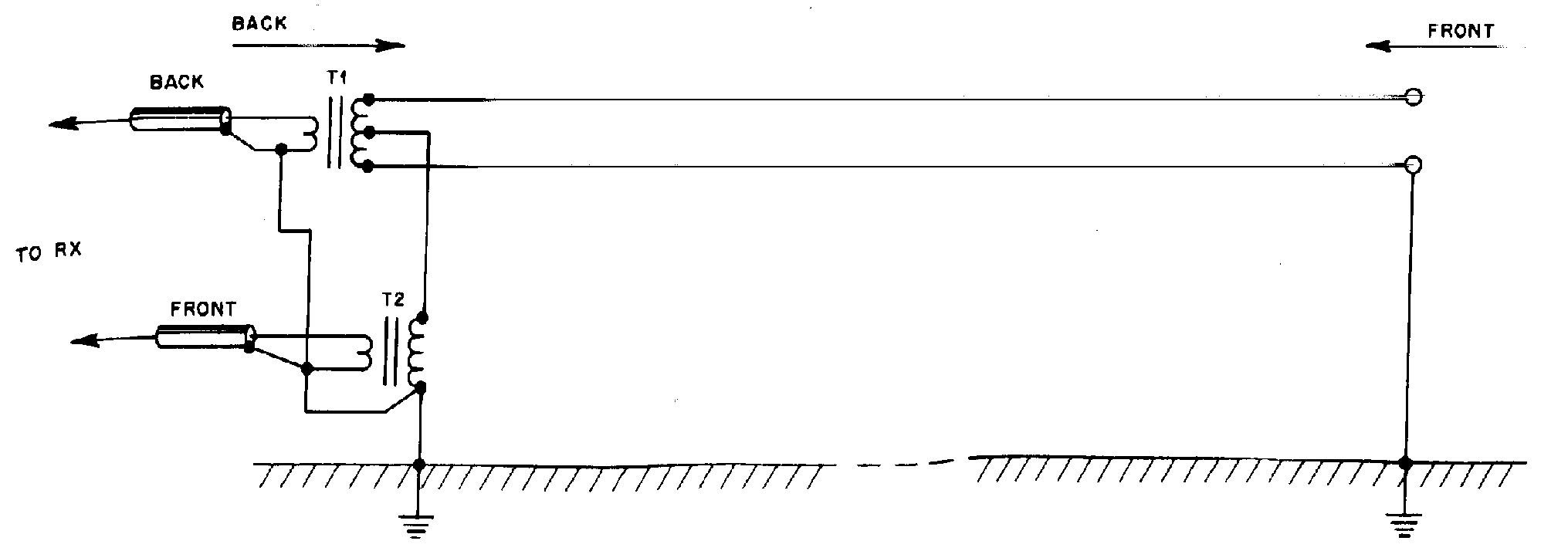
So you want to build a Beverage Antenna.
Well the first thing you need to consider is, Do you have the room. For a Beverage to Work reasonably well you need at least 1 wavelength of wire. On 160 meters that's 490 feet of wire in as straight a line as possible. If you have the room, 2 wavelengths works pretty nice, this is what I use. There are several variations of the beverage, the terminated single wire, the 2 wire steerable, and a variety of feed methods. My intent is not to be an expert, just share some of my experience and info with other fellow hams. I enjoy the 2 wire version for several reasons. First you can steer a null, electrically, around the antenna. This is great for nulling out noise from a particular direction, but it WILL NOT WORK for nulling out sky wave interference. This is because the phase of the sky wave is constantly changing. The 2 wire version is also bi-directional, no need for 2 wires in opposite directions. The following is a basic design that I use.
2 wire Beverage

The Transformers are toroid's. The ends of the Beverage are sloping, about 60 feet from the ends Start slopping them toward the ground. This reduces pick up on the vertical down leads. You want to keep your Beverage as far as possible from any Vertical conductor, ( tower, flag pole, etc...) Verticals are very noisy rx antennas and have a tendency to re-radiate noise. Most all manmade noise is vertically polarized.
Vertical
antenna's are good low angle radiator's and the Beverage is a low angle receive antenna. All the more reason to separate them. A good rule of thumb is to have at least 1/4 wavelength between them with more being better. In the picture above, the 2 transformers are toroids. This helps in shielding them from picking up unwanted signals. There are several formula's one should now when designing the xfmr's. First you need to know the Height of the wire or wires above ground. Second you need to know the spacing between the wires, if you are making a 2 wire Beverage. Third you need to know the diameter of the wire used in the same units as the other measurements. With all that written down we will figure out the Impedance of the antenna. I will describe the Single wire version later, for now lets deal with the 2 wire version first, it has several advantages. At this point I should probably make note of a few things.
The
lower to the ground the wires the less noise the antenna picks up. BUT the less signal it hears as well. When you build your antenna try to keep the wires as straight as possible. Slope the ends down toward the ground. This will help reduce the amount of vertical pickup on the down leads. Try to make the antenna out of as heavy gauge wire as possible and use as many supports as possible. You will be using a lot of wire and if you live in a climate that gets snow and ice, like I do , it tends to make for a broken wire once the weight gets too much for it. Copper Weld is the best but others can be used. I have used stainless, soft copper and even aluminum, with no noticeable change in results. As mentioned earlier, KEEP IT AWAY FROM ANY VERTICAL CONDUCTOR. Vertical's are great for TX but STINK for receive as most noise is vertically polarized. Plus a resonant Vertical tends to re-radiate the noise. If your Beverage is too close to it guess what you will be hearing. Power lines are another subject. I have found that as long as it is not a High tension line running 100+ Kv you can go under them with out a lot of noise pickup. Don't go parallel to them, but cross them at 90 degree's or so. This reduces the amount of possible noise pickup.
The following are some things from ON4UN's book, ( Antennas and Techniques for Low-Band DXing ). Available from the ARRL. I take NO credit for his work and only make reference to it here for technical reasons. The Tables referred to appear at the bottom of this page. I will describe a Null Steering circuit alittle late, for now this is all I have had time to do. If you are interested in a steering circuit please E-mail me. aa3px at localnet dot com.
